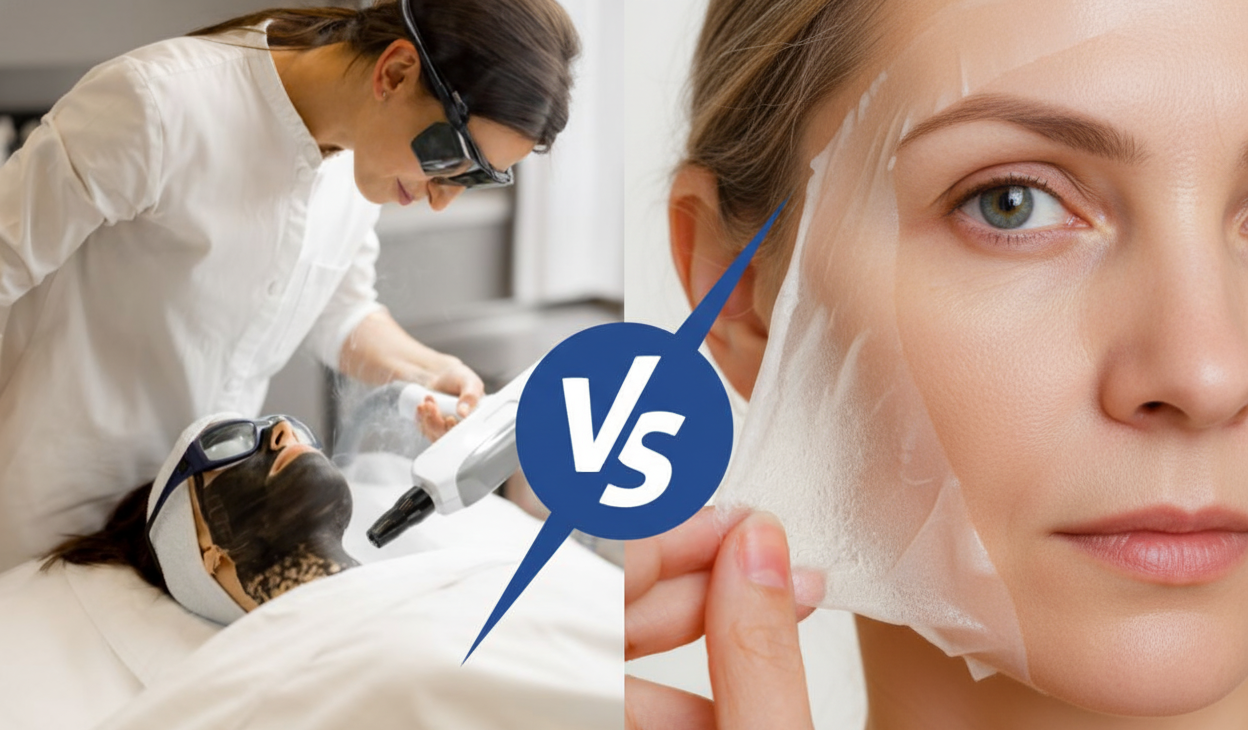
IPL vs Chemical Peel: Which Skin Treatment Is Right for You?
Author: Dr. Saima Rafiq
Updated on November 16, 2025
Summarize this blog post with:
Pigmentary disorders affect around 50% of people worldwide, according to a large survey across 34 countries. With so many people dealing with sunspots, melasma, and uneven skin tone, it makes sense that many compare IPL vs chemical peels to find the best solution.
Both treatments can improve pigmentation, but they work in different ways, and the right choice depends on what’s happening underneath your skin.
In this blog, we’ll explain how each treatment works, who it’s best for, and how to choose the option that fits your skin concerns.
What Is an Intensed Pulsed Light (IPL) Treatment?
IPL, or Intense Pulsed Light, is a light-based treatment that helps fade dark spots, redness, and sun damage for a clearer, more even complexion. You may have heard it called a photofacial.
It works by sending gentle flashes of light into the skin, where the energy targets brown pigment and tiny red vessels. The heat breaks them down so your body can naturally clear them away over time. After a few sessions, the skin looks brighter, smoother, and more refreshed.
We often suggest IPL for people dealing with sunspots, freckles, redness, or early signs of aging. Most clients notice results after a series of three to five sessions, spaced a few weeks apart, and love that there’s little to no downtime.
What is a Chemical Peel for Skin Pigmentation?
A chemical peel is a treatment that uses a chemical solution to remove the skin’s damaged top layers, revealing smoother and clearer skin. The treatment works by gently exfoliating the top layers of skin using a mild acid solution. As the old skin cells shed, new and healthier cells replace them, revealing a brighter, more even complexion.
There are three main types of peels, i.e., superficial, medium, and deep. Each is designed to target different levels of the skin. For most hyperpigmentation concerns, a light or superficial peel is usually enough to deliver noticeable improvement.
One of the best things about chemical peels is how customizable they are. Your provider can adjust the type and strength of the peel to match your skin type, condition, and goals, making it a truly personalized treatment.
Considerations When Choosing Between Chemical Peels and IPL for Skin Pigmentation
When deciding on the best approach for treating skin pigmentation issues, several key factors should guide your choice.
1. Consultation with a Qualified Professional
Every patient’s skin is unique. That’s why we start with a thorough consultation, assessing your skin type, pigmentation, and medical history. This allows us to recommend the treatment that’s safest and most effective for you. We’ll also explain what results you can realistically expect, any potential risks, and the proper aftercare to ensure optimal outcomes.
2. Severity of Pigmentation
For mild pigmentation or surface discoloration, a gentle chemical peel can be highly effective with minimal downtime. However, deeper or more stubborn pigmentation may require stronger peels, which can carry higher risks and longer recovery. In these cases, IPL is often our preferred option. It targets pigmentation beneath the surface, helping even out skin tone and rejuvenate your complexion without significant downtime.
Lumecca IPL vs Chemical Peel: At a Glance
When comparing chemical peel vs IPL, it’s important to understand how each works and what they target. Here’s a detailed look:
Feature
IPL (Intense Pulsed Light / IPL Peel)
Chemical Peel (e.g., VI Peel)
How it works
Uses broad-spectrum light to target deeper pigmentation, redness, and sun damage. Breaks up discoloration and stimulates collagen underneath the skin.
Uses gentle acid solution to exfoliate damaged surface skin, revealing fresh, healthy skin; ideal for resurfacing and evening tone.
Best for
Sunspots, redness, rosacea, uneven tone, broken capillaries, and early fine lines.
Pigmentation, acne scars, rough texture, fine lines, dull skin; surface renewal.
Depth
Penetrates deeper layers without harming the skin surface.
Mostly epidermis; medium to deep peels can reach the mid-skin layer.
Downtime
Minimal; mild redness fades in hours.
Varies by peel: light peels have little downtime, deeper peels may require 1–7 days of peeling.
Results
Gradual, cumulative improvement in tone, texture, and pigmentation.
Visible skin renewal in days as new skin emerges; effective for wrinkles and pigmentation.
Frequency
Every 3–4 weeks, 3–5 sessions for best results.
Every 4–6 weeks depending on skin type and peel strength; can be combined with IPL for
enhanced results.
IPL vs Chemical Peel for Face: Which One Should You Choose?
If you’re targeting brown spots, redness, or vascular issues, IPL may be the better choice because it goes deeper to break down pigmentation and improve tone over time.
If your main concerns are texture, acne scars, or dull skin, a chemical peel will resurface your skin faster and give you that refreshed, even glow.
Many of our patients in Orlando and Altamonte Springs actually start with a chemical peel to exfoliate surface damage and then follow with IPL treatments to target deeper discoloration.
Lumecca IPL vs Chemical Peel for Wrinkles and Aging Skin
For fine lines and early wrinkles, both treatments offer benefits but in different ways. Chemical peels boost collagen production and increase cell turnover, softening surface-level lines. IPL treatments stimulate collagen in the deeper layers, improving elasticity and firmness over time.
For best results, many patients benefit from alternating between both. They start with a chemical peel to resurface, followed by IPL to rejuvenate deeper layers.
IPL vs Chemical Peel for Dark Spots & Pigmentation. Which Helps?
If you struggle with sunspots, melasma, or uneven pigmentation, both treatments can help, but the right choice depends on the cause.
Lumecca IPL effectively fades sun-induced dark spots by targeting pigment with light energy. Chemical peels, particularly the VI Peel, can help reduce melasma and post-inflammatory pigmentation by gently removing damaged surface cells.
Sometimes, combining both yields the best long-term correction and maintenance.
Can You Combine IPL and Chemical Peel Treatment?
Yes, you can, but timing matters. You should never perform them on the same day. I usually recommend spacing treatments 2–4 weeks apart, starting with one modality first (often the peel), then following with IPL once the skin has recovered. This approach enhances overall results, minimizes risk, and allows your skin to rebuild between treatments.
Final Thoughts: Chemical Peel vs IPL. What to Choose?
There’s no one-size-fits-all answer. Both IPL and chemical peels are highly effective, but your skin type, tone, and specific concerns determine the best fit.
If you’re unsure which to choose, schedule a personalized skin consultation at NUR Med Spa in Orlando or Altamonte Springs. We will analyze your skin, discuss your goals, and design a treatment plan that helps you achieve a clear, youthful, radiant complexion.
Ready to glow? Book your consultation today and discover whether an IPL or chemical peel is the right next step in your skin journey.
Chemical Peel vs IPL Treatment FAQs
Can IPL or chemical peels treat early signs of aging?
Yes. IPL can reduce redness, broken capillaries, and improve overall skin texture, while chemical peels can smooth fine lines and promote collagen production for a more youthful appearance.
Which treatment is less painful among IPL treatment vs chemical peel?
Most patients find IPL comfortable, often described as a mild snapping sensation. Chemical peels may cause tingling or warmth during the procedure, especially with stronger peels, but topical numbing can minimize discomfort.
Are chemical peels or IPL better for sensitive skin?
Mild chemical peels or gentle IPL settings are usually safe for sensitive skin, but it’s important to consult a professional first to avoid irritation or adverse reactions.
Can I do IPL or a chemical peel if I have darker skin?
Yes, but treatment settings may need to be adjusted. At NUR Med Spa, we customize both IPL and chemical peels for all skin tones to ensure safety and effective results.
Can I combine IPL and chemical peels with other treatments?
Absolutely. Many patients combine these treatments with Botox, dermal fillers, or microneedling for a complete skin rejuvenation plan. A professional evaluation ensures safe and effective combinations.
LATEST BLOG
Expert MedSpa Insights

How to Protect Your Skin from Summer Sun Damage
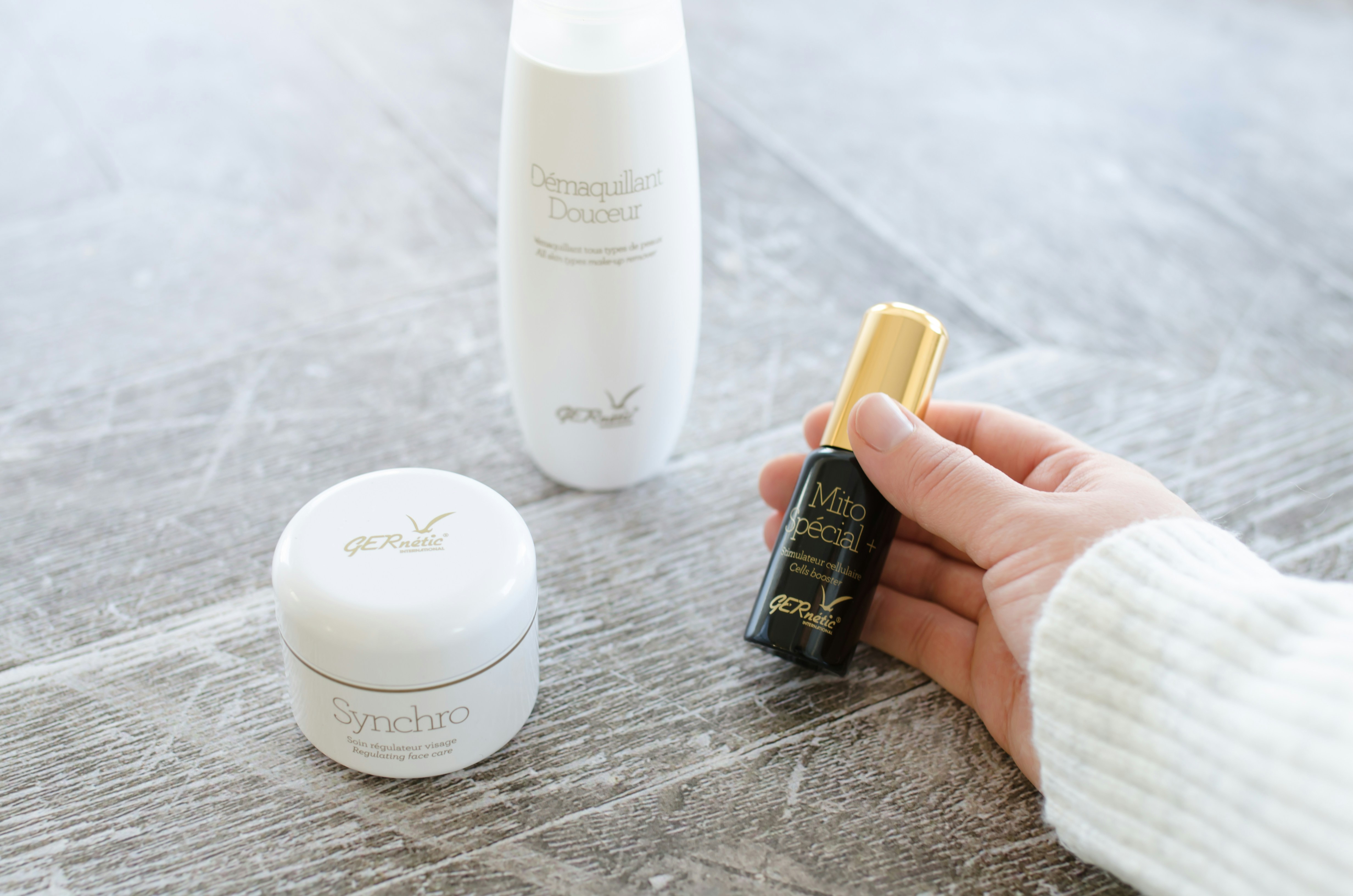
How to Maintain Your Skincare Routine While Traveling
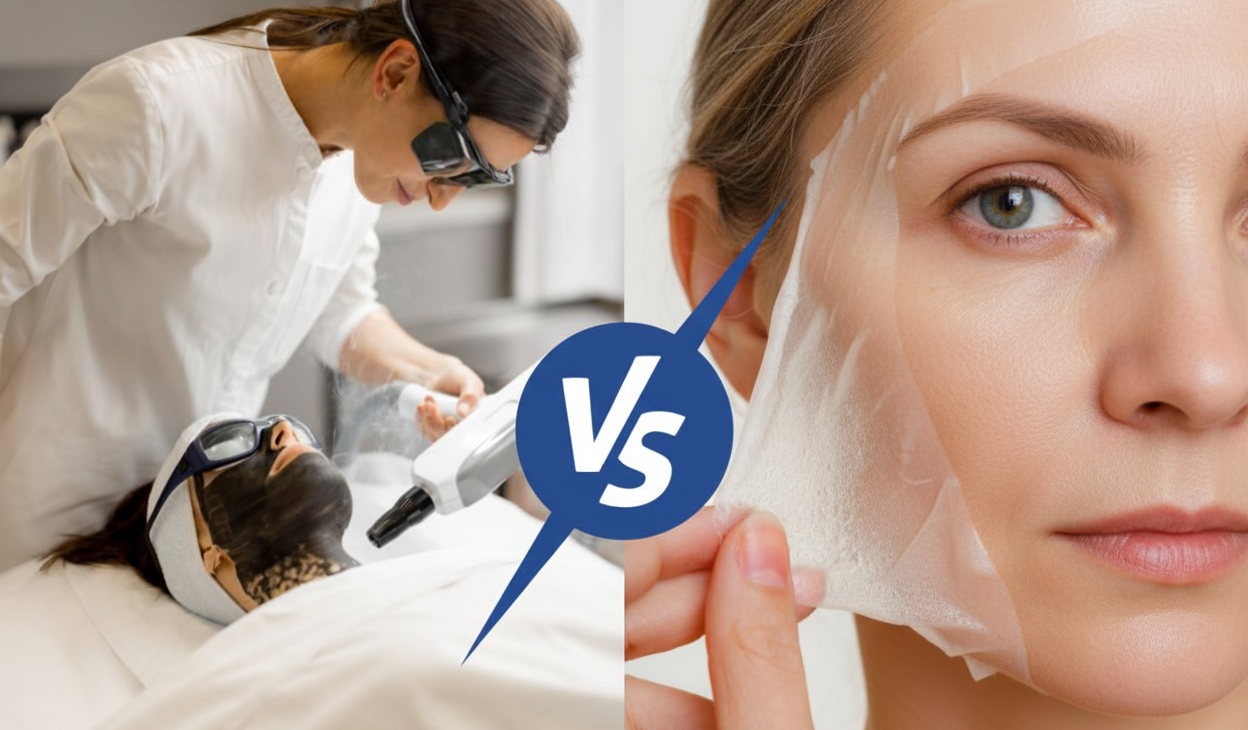
IPL vs Chemical Peel: Which Skin Treatment Is Right for You?
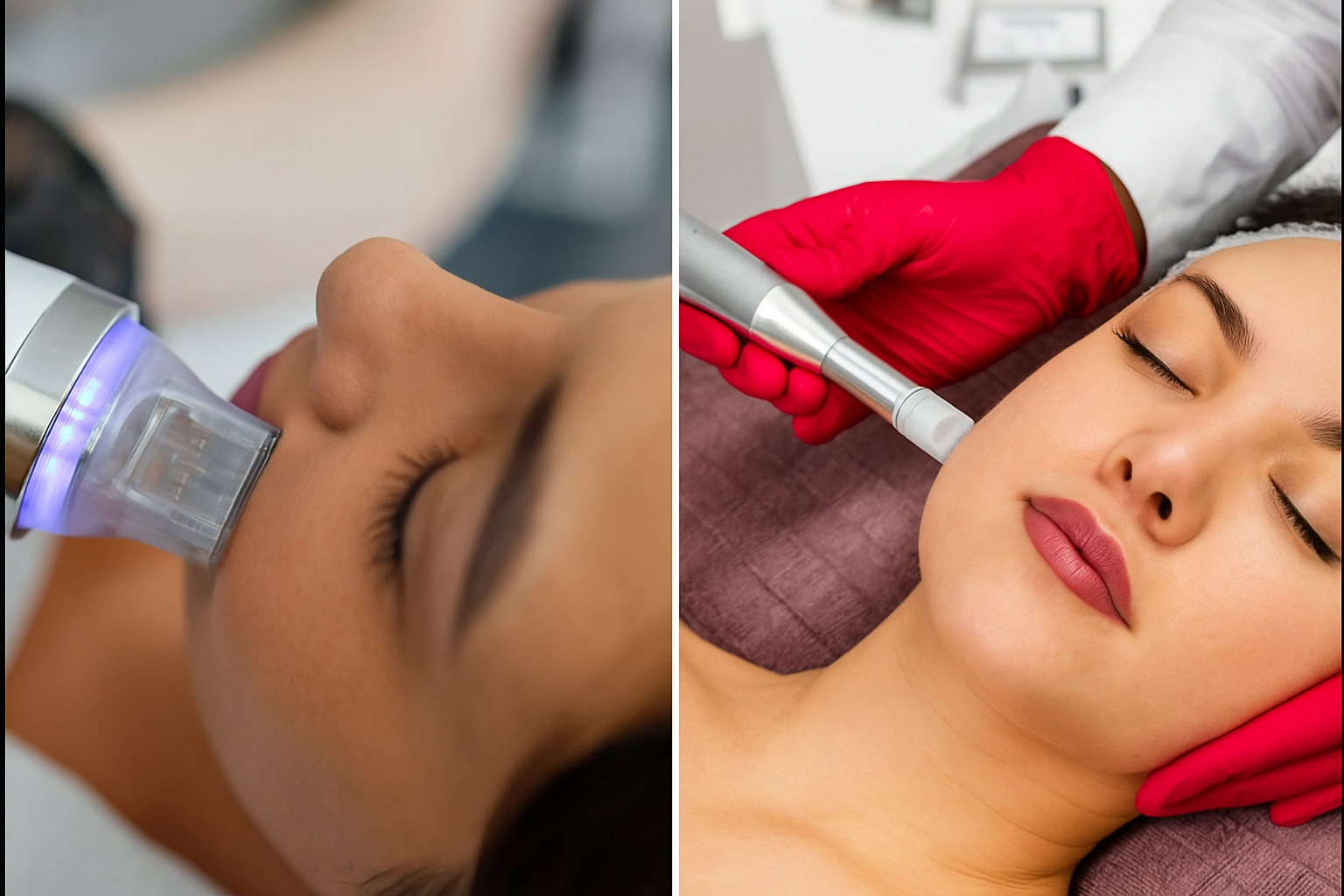
Morpheus8 RF Microneedling vs. Traditional Microneedling: What’s the Difference?

How to Tighten Loose Skin After Weight Loss?
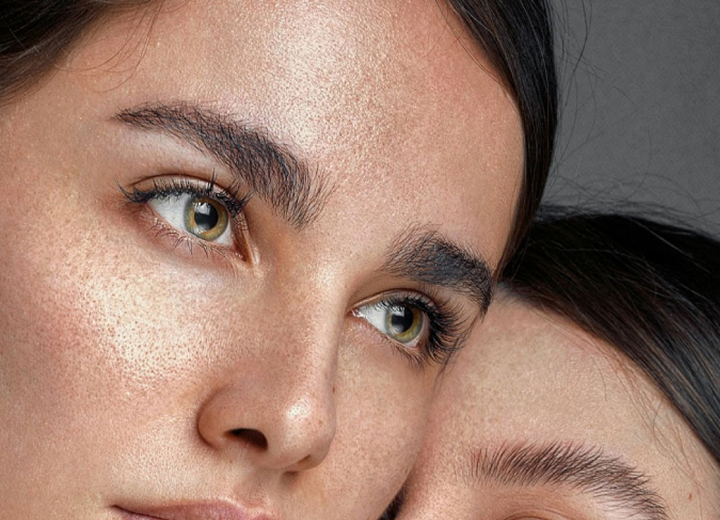
How To Improve Skin Texture? Dermatologist-Approved Tips

How to Get Rid of Forehead Wrinkles Naturally and Medically?

What is Hyperpigmentation? Meaning, Causes & Proven Solutions
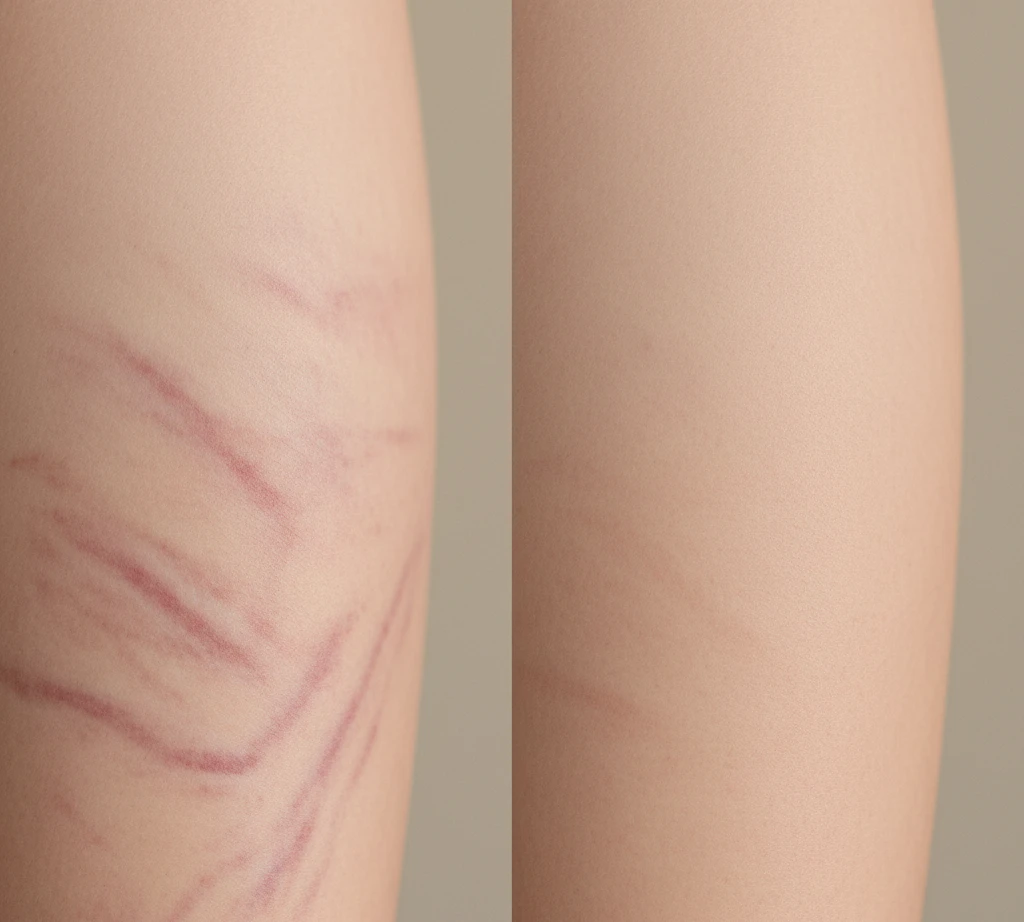
Morpheus8 for Stretch Marks: A Proven Non-Surgical Treatment

Botox Aftercare Tips: What to Do and What to Avoid?

How Many Syringes for Lip Fillers? What You Should Know

Laser Hair Removal vs Waxing: A Quick Comparison
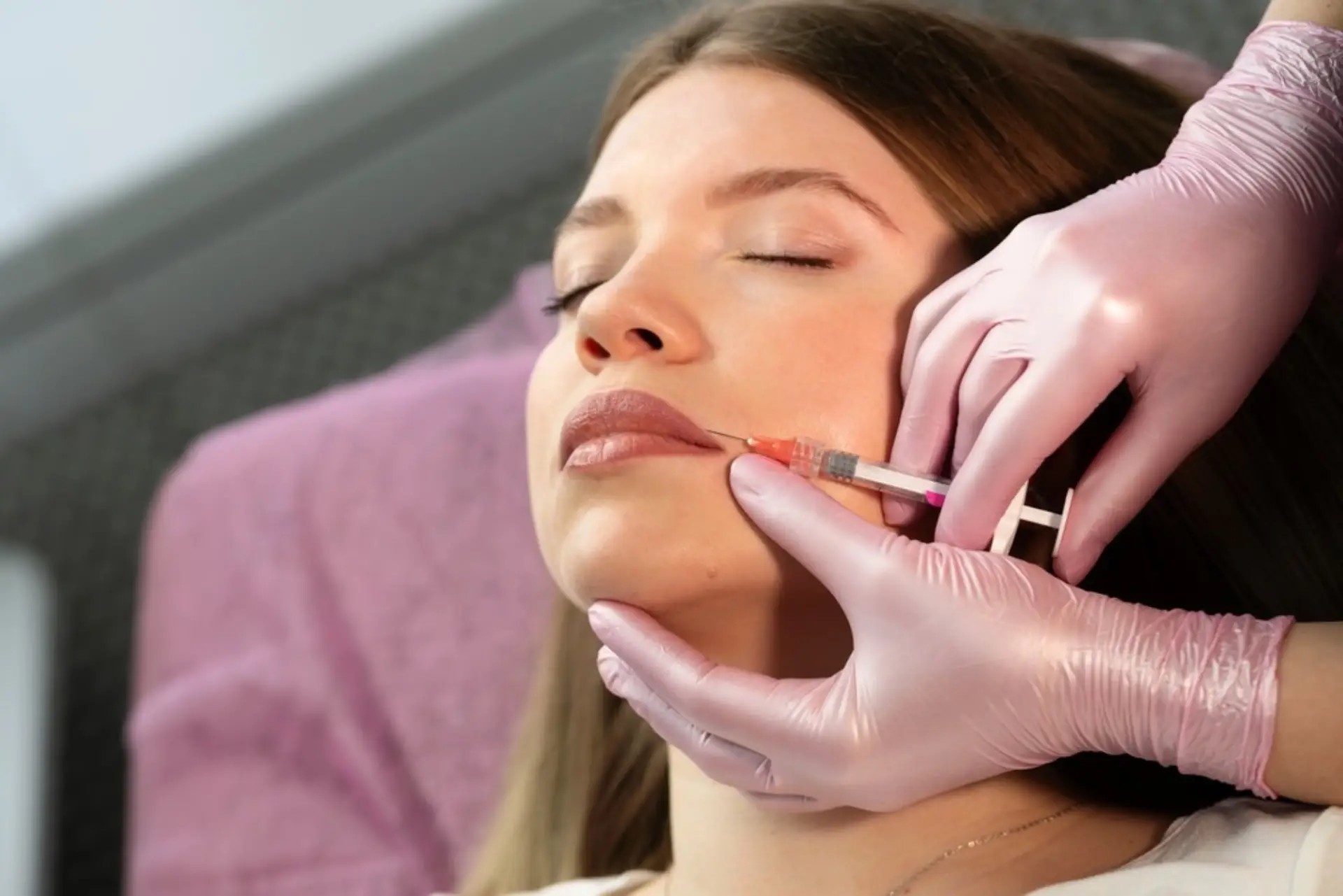
Can Lip Filler Migrate? Yes, and Here’s How to Prevent It
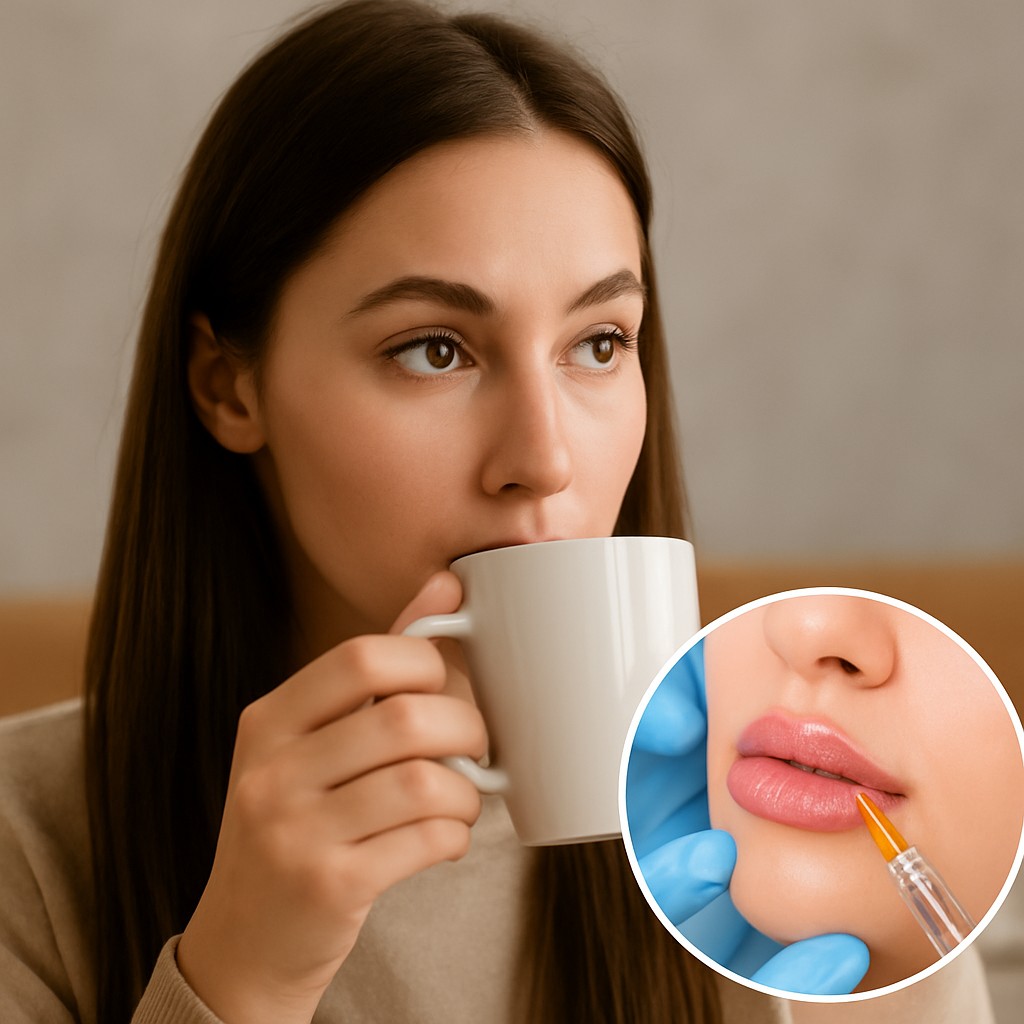
Can I Drink Coffee After Lip Fillers? Expert Tips Inside

Do’s and Don’ts After Lip Filler Injections To Help You Heal
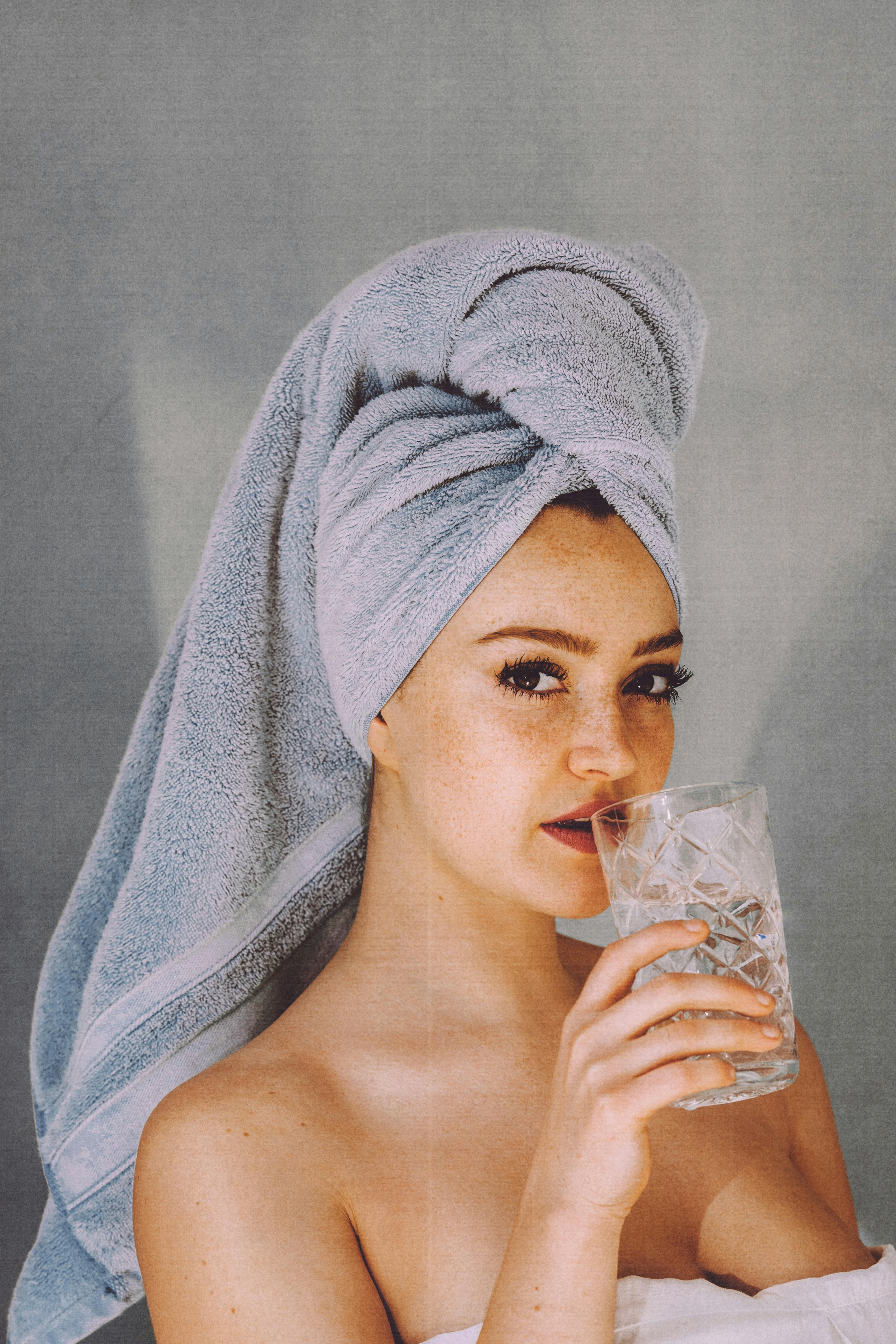
Top 5 Anti-Aging Treatments You Need to Try
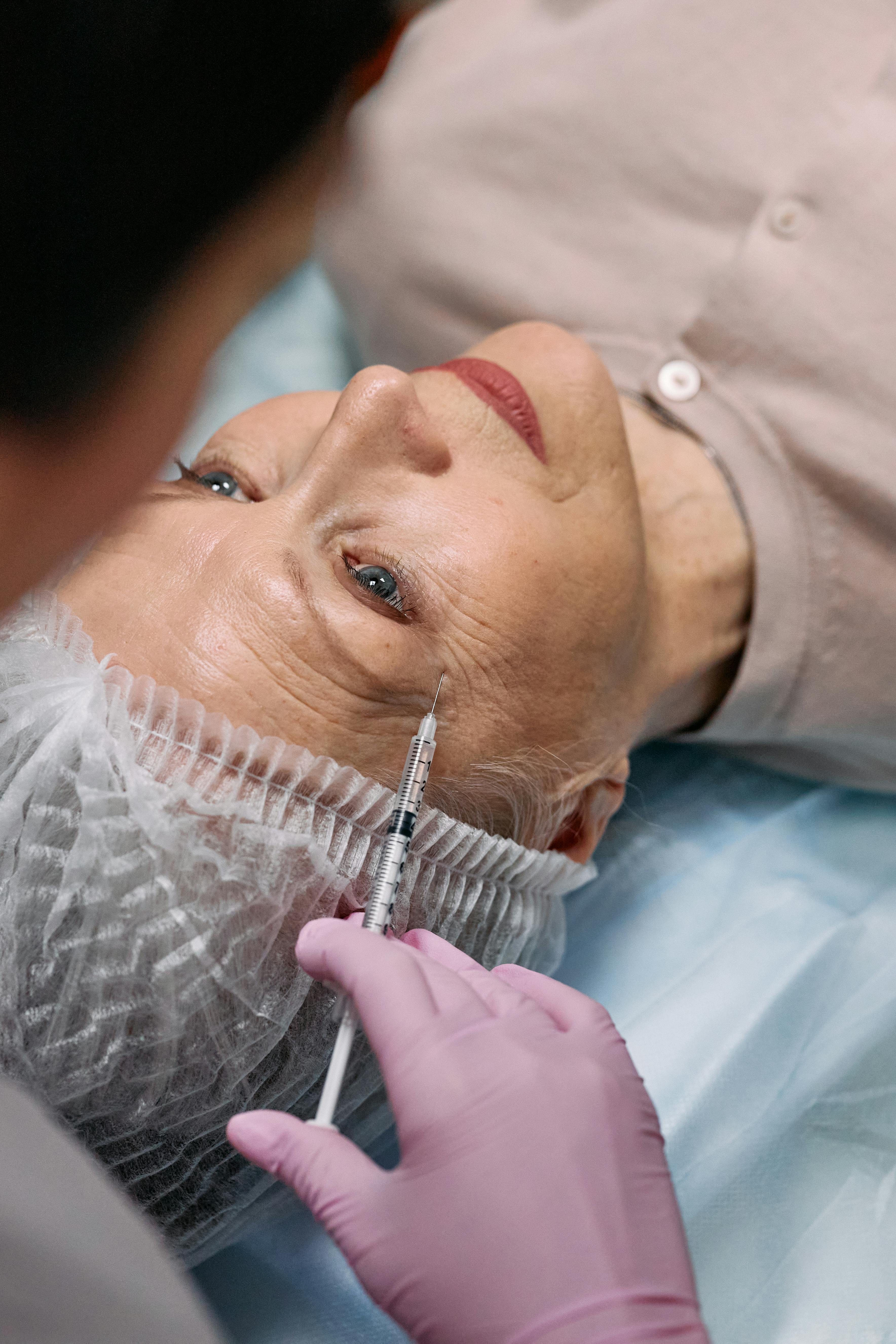
Botox for Wrinkles and Signs of Aging

5 Must-Try Spa Treatments for Men
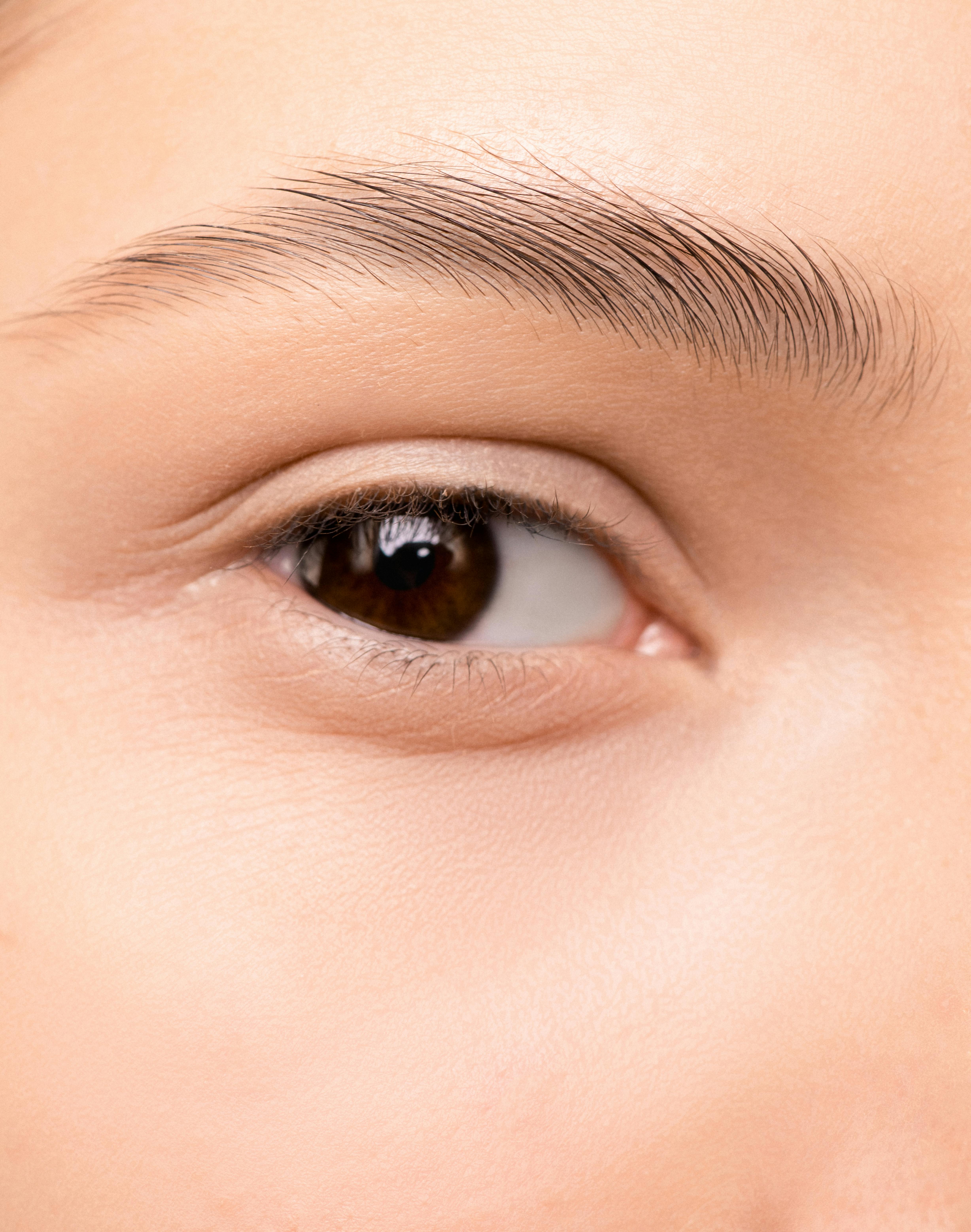
Top 10 Tips for Healthy and Glowing Skin
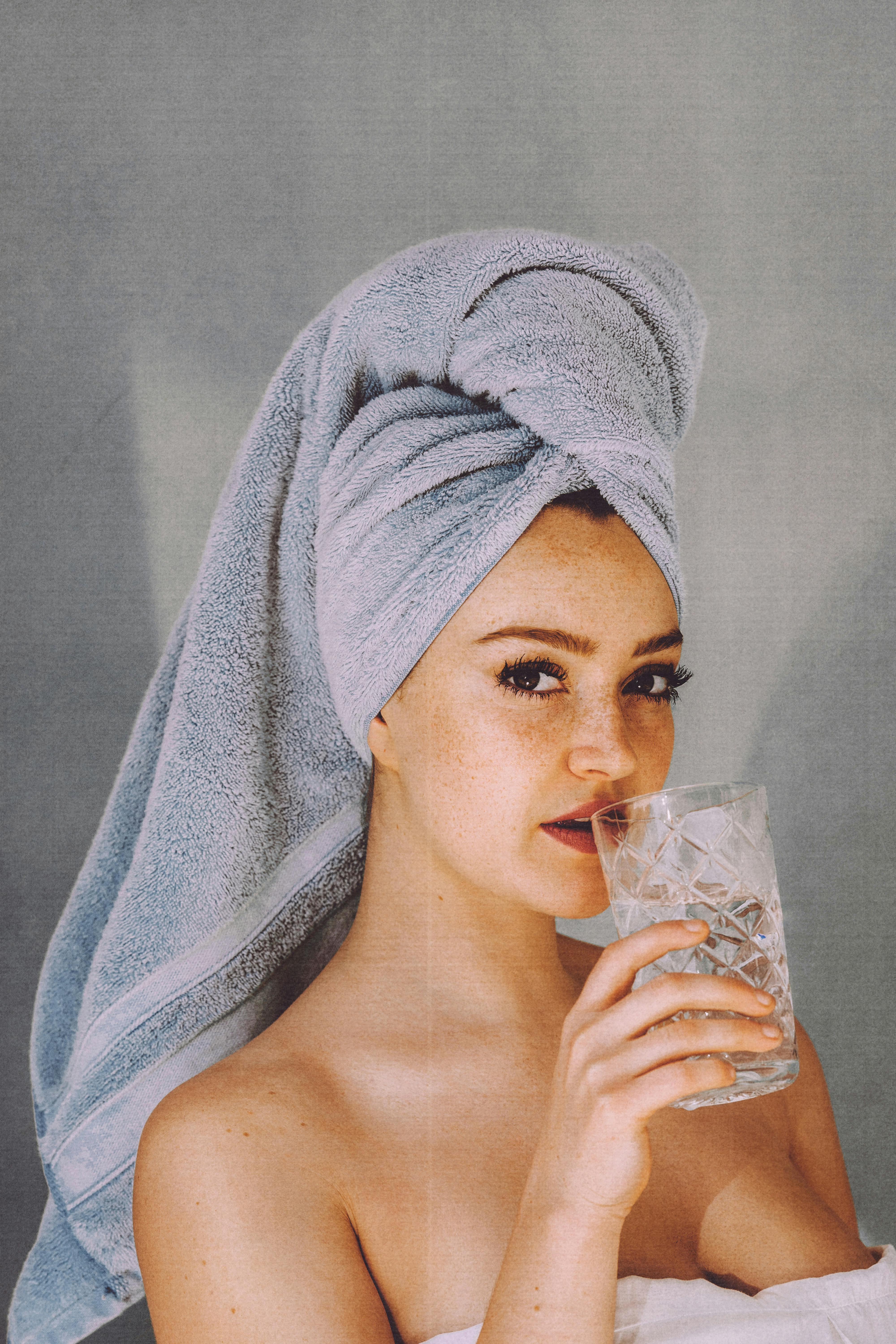
How to Maintain a Youthful Appearance in Your 30s

How to Protect Your Skin from Summer Sun Damage

How to Maintain Your Skincare Routine While Traveling

IPL vs Chemical Peel: Which Skin Treatment Is Right for You?

Morpheus8 RF Microneedling vs. Traditional Microneedling: What’s the Difference?

How to Tighten Loose Skin After Weight Loss?

